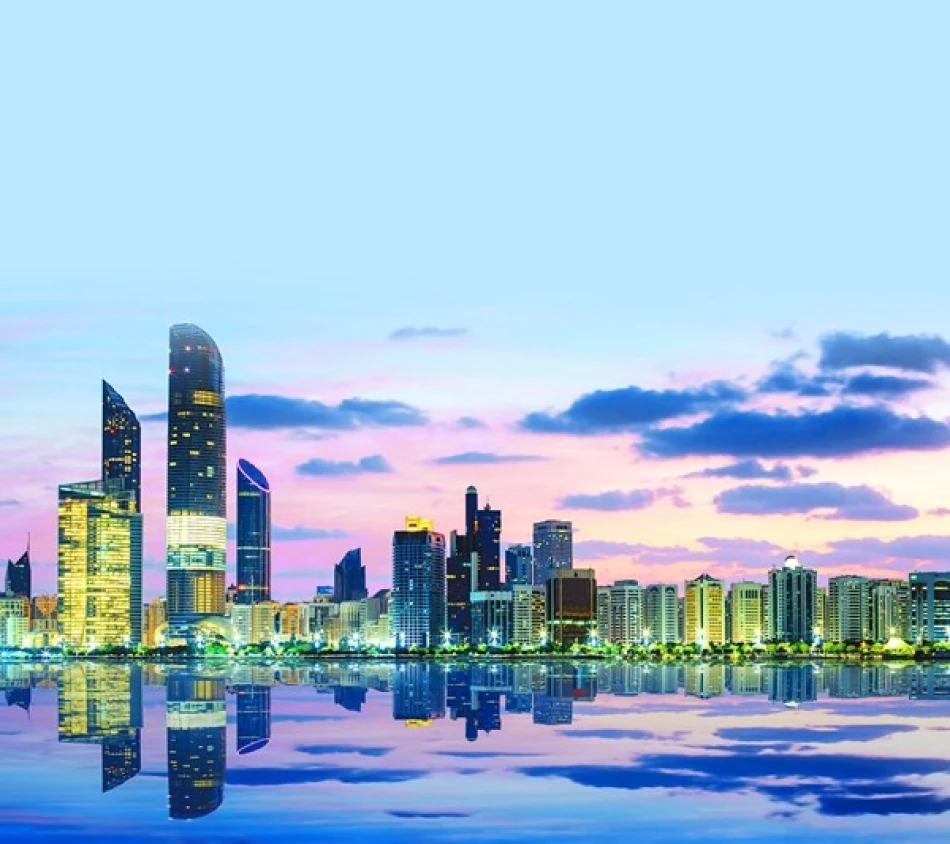
Dubai's Urban Development Projects Span Over 30 Million Square Meters
Abu Dhabi's Construction Boom Signals Aggressive Economic Diversification Push
Abu Dhabi has approved development projects covering over 30 million square meters in the first half of 2025, marking a staggering 133% increase from the same period last year. This construction surge reflects the emirate's accelerated push to diversify its economy beyond oil and position itself as a global business hub competing directly with Dubai and Singapore.
The Scale of Abu Dhabi's Urban Transformation
The Department of Municipalities and Transport announced that the approved projects span residential neighborhoods, commercial districts, healthcare and educational facilities, industrial zones, tourism developments, and mixed-use complexes. Using the "Gross Floor Area" metric standard among urban planners, this represents one of the largest construction approvals in the emirate's recent history.
Abdullah Mohammed Al Blooshi, Acting Executive Director of Planning and Infrastructure at the Department of Municipalities and Transport, emphasized that these approvals align with Abu Dhabi's long-term strategic goals and reflect ongoing efforts to create integrated urban environments that enhance quality of life while boosting economic opportunities.
Strategic Economic Implications
Competing with Regional Powerhouses
This development boom positions Abu Dhabi in direct competition with Dubai's established commercial dominance and Singapore's business-friendly environment. The emirate is clearly betting on infrastructure-led growth to attract international corporations, particularly as global companies seek alternatives to traditional financial centers amid geopolitical uncertainties.
Investment Magnet Strategy
The massive construction pipeline serves multiple strategic purposes: creating immediate employment opportunities, attracting foreign direct investment, and building the physical infrastructure necessary for Abu Dhabi's Vision 2030 economic diversification goals. The inclusion of healthcare, education, and tourism facilities indicates a comprehensive approach to building a knowledge-based economy.
Market and Investor Perspective
For real estate investors, this represents both opportunity and potential oversupply concerns. The 133% year-over-year increase suggests aggressive government backing, likely supported by sovereign wealth fund resources. However, such rapid expansion raises questions about absorption rates and whether demand can match this supply surge.
Construction and materials companies should see immediate benefits, while the broader economic impact will depend on Abu Dhabi's success in attracting businesses and residents to fill these new developments. The emirate's track record with mega-projects like Masdar City and the Louvre Abu Dhabi provides mixed lessons on execution versus ambition.
Sustainability Claims Meet Reality
Abu Dhabi positions itself as a model for sustainable urban development, though this claim will face scrutiny given the scale and speed of construction. The emirate has invested heavily in renewable energy and green building standards, but rapid urban expansion typically conflicts with environmental goals.
The success of this construction boom will ultimately be measured not just in square meters built, but in Abu Dhabi's ability to attract the businesses, residents, and economic activity needed to justify such massive infrastructure investment. With oil revenues still funding much of this expansion, the emirate is essentially betting its energy wealth on creating a post-oil economic foundation.
Most Viewed News

 Layla Al Mansoori
Layla Al Mansoori






